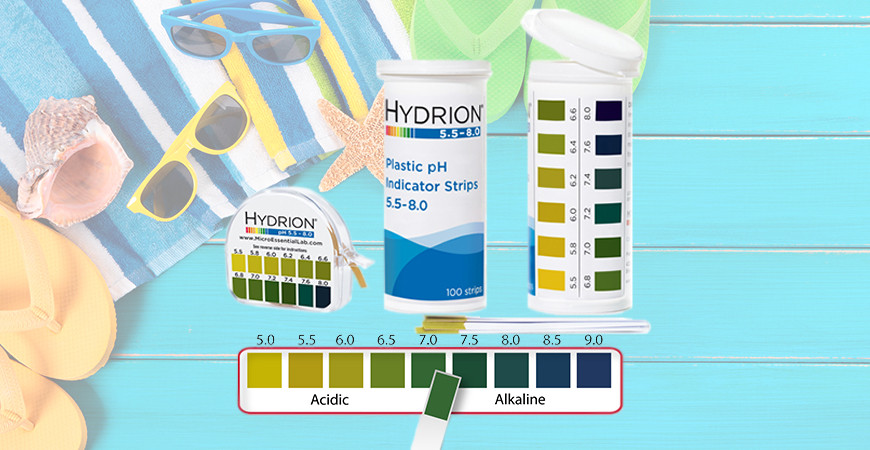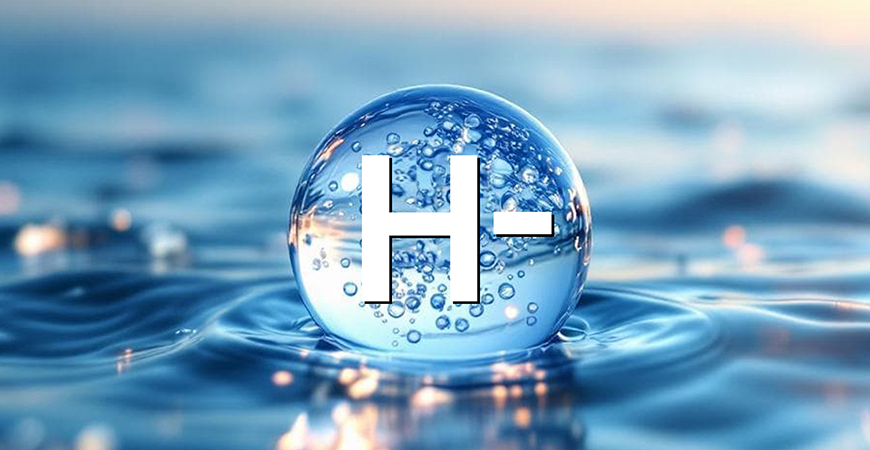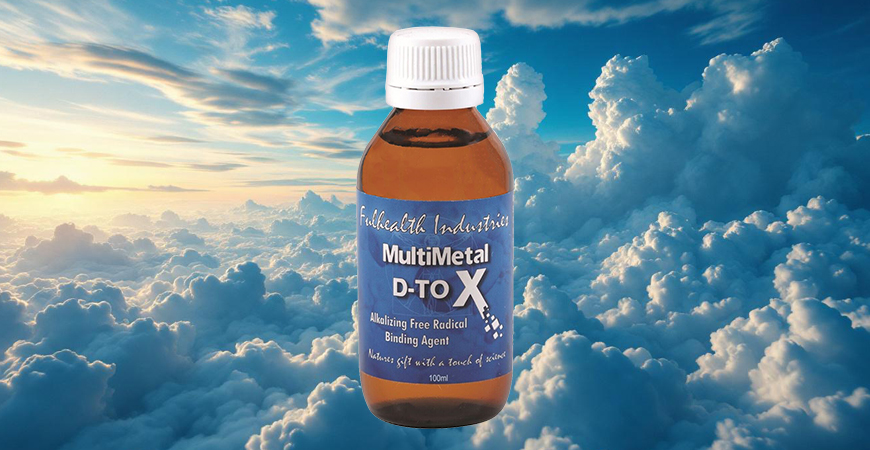With two simple and cost effective methods available to test your pH levels, it’s really quite easy!
The first method is to measure the pH level of your saliva and the second method is to measure the pH level of your urine.
Using either pH litmus paper or pH plastic test strips is the easiest way to see how your internal pH levels are going.
It is by monitoring your pH levels that doors of understanding can open as to why your health is the way it is.
With the process of reestablishing pH balance being relatively the same as maintaining a healthy pH level in your swimming pool, knowing how to test your pH levels is quite eye-opening.
For just like a pool, your body is primarily made of water so it makes sense that maintaining a crystal clear and balanced pH terrain is the goal.
The pH range
The pH range is measured in points that start at 0 and ends at 14.
- From pH1 to pH7 is considered acid
- And pH7 to pH14 is considered alkaline
Each point represents a reading ten times stronger than the other.
That is pH8 is 10 times more alkaline than pH7 and pH4 is 10 times more acidic than pH3.
To illustrate, Cola, at pH2.5, is 100,000 times more acidic than your blood at pH 7.35 to 7.45.
Measuring your saliva:
- Upon waking, before you drink water, tea, coffee etc., have your paper or plastic strip ready and swallow whatever saliva is in your mouth.
- Draw-up fresh saliva and then swallow.
- Do this two times.
- When you draw up saliva for the third time, spit this saliva onto a spoon and quickly dip your litmus paper into the spit.
- Immediately compare the colour of the paper or the plastic strip to the colour chart.
The optimum saliva pH upon waking should be 6.2 – 6.8
Saliva is more changeable than urine. Even the thought of your favourite food will change the value of saliva pH, this is why we recommend the more accurate urine test.
Note: The manufacturer does not recommend placing the test paper in your mouth, even though it is not toxic.
Measuring your urine:
- Midstream*, during the first urination of the morning, quickly wet the paper or plastic with your urine flow.
- Immediately compare the colour of the paper or the plastic strip to the pH colour chart.
- Alternatively, collect midstream* urine into a glass or jar, litmus paper into the urine.
- Immediately compare the colour of the paper or the plastic strip to the pH colour chart.
The optimum urine pH upon waking should be 6.2 – 6.8
*Midstream means to start your urination and when you feel you’re half finished, that’s when you dip your paper into the urine flow or alternatively, when you collect a small sample for measuring.
Note: According to the manufacturer, the Hydrion test paper was designed for immediate reading.
If you wait 30 seconds, the value will change due to evaporation.
Don’t even wait 5 seconds: Read immediately.
Which method is best?
Measuring saliva:
Measuring your saliva reading upon waking generally gives a higher acid level reading (6.2 – 6.8).
This should move towards the more alkaline levels (7.0 – 7.4) after your first meal and during the day.
If it doesn’t, try drinking alkalising minerals – i.e. 4 grams of Missing Minerals Mineral Complex in 200ml of water that has an alkaline pH of 7.0 or greater.
Measuring urine:
Measuring your urine gives a relatively true reading of how your digestive system is processing the foods you eat.
The first urination measured after sleeping can be expected to be acidic as the body filters acid out of the kidneys as our body’s repair when resting.
If the first urination is alkaline (pH7 and above), it may indicate your body has insufficient alkaline buffers to neutralise acidic foods and drinks that you may have consumed the day before.
This reading may indicate you have a weakness in the eliminatory organs.
Measuring the second and proceeding urinations should give you a reading in the alkaline range.
To increase urine pH which is a direct indicator of tissue pH, the easiest way is to supplement your nutritional intake with negatively charged hydrogen ions and alkaline minerals.
If you’re also into moving some toxicity out of your body, have a go at the “Salt Water Cleanse”, or regularly drink 3 teaspoons of unrefined rock salt or sea salt in 200 – 300ml of alkaline water.
When to test?
Don’t make the mistake of thinking just one test is enough to determine your body pH. pH levels vary during the day due to activities, stress and food.
Measurements should be taken several times a day for 4 – 5 days.
Bear in mind, if you’re on an intense cleansing regime, the reactivated stores of acid will re-circulate and be picked up by the kidneys to be excreted into the urine.
So, you’ll get acid readings while the body is labouring to make it-self more alkaline.
What do the readings indicate?
If your second urination reads 7.0 or higher on the pH scale, you’re alkaline. Below that indicates an acidic condition.
It is believed that if the body’s waters are in an acidic state…
- Pathogens/viruses have the opportunity to thrive.
- Calcification of the joints can begin and arthritic conditions can occur.
- Cancer or tissue disintegration can take root and dlourish.
- Syphilitic and viral conditions can thrive
- Respiratory problems can be experienced thus reducing your ability to easily move around.
In a nut-shell and without a skerrick of doubt, if your body is in a continual state of acidity, you’re not a happy chappy.
It is generally accepted by scientific investigation that an average reading of 7.4 is the optimal level for healthy and disease free living in your body.
How can I improve my alkalinity?
To maintain the pH balance of your urine…
- Keep away from diets high in protein. High protein diets increase the levels of nitric, sulphuric, phosphoric and uric acids. Minimising or eliminating proteins from beef, chicken, turkey, pork and fish will help normalise the urine pH at 7.2 or greater.
- Supplement your magnesium intake.
- Supplement your sodium bi-carbonate levels.
- Eat plenty of raw green foods and green drinks, healthy polyunsaturated fats, lots of water and unrefined salt.
- As the old adage goes… Thinking Vitality – Think C.O.W.S. Read the full article. There’s gold in dem der hills!
- Invest in water filtration. We 100% recommend the UltraStream water filter as it not only filters your tap water from impurities, it alkalises and ionises the water turning it into a mineral rich and hydrogen ion rich nutrient.
How do I know if the water I’m drinking has an alkaline pH level?
The paper and plastic pH strips used for testing urine and saliva are designed to measure buffered solutions so therefore are not accurate measuring tools for water.
To measure water so simply use the water pH testing kits.
Check your tap water – check your filtered water – check your bottled water.
You may be very much surprised at what you find.
What ever water is the cleanest, is alkaline and has the highest negative millivolt ORP reading that you can get, that’s the water you need to be drinking.



